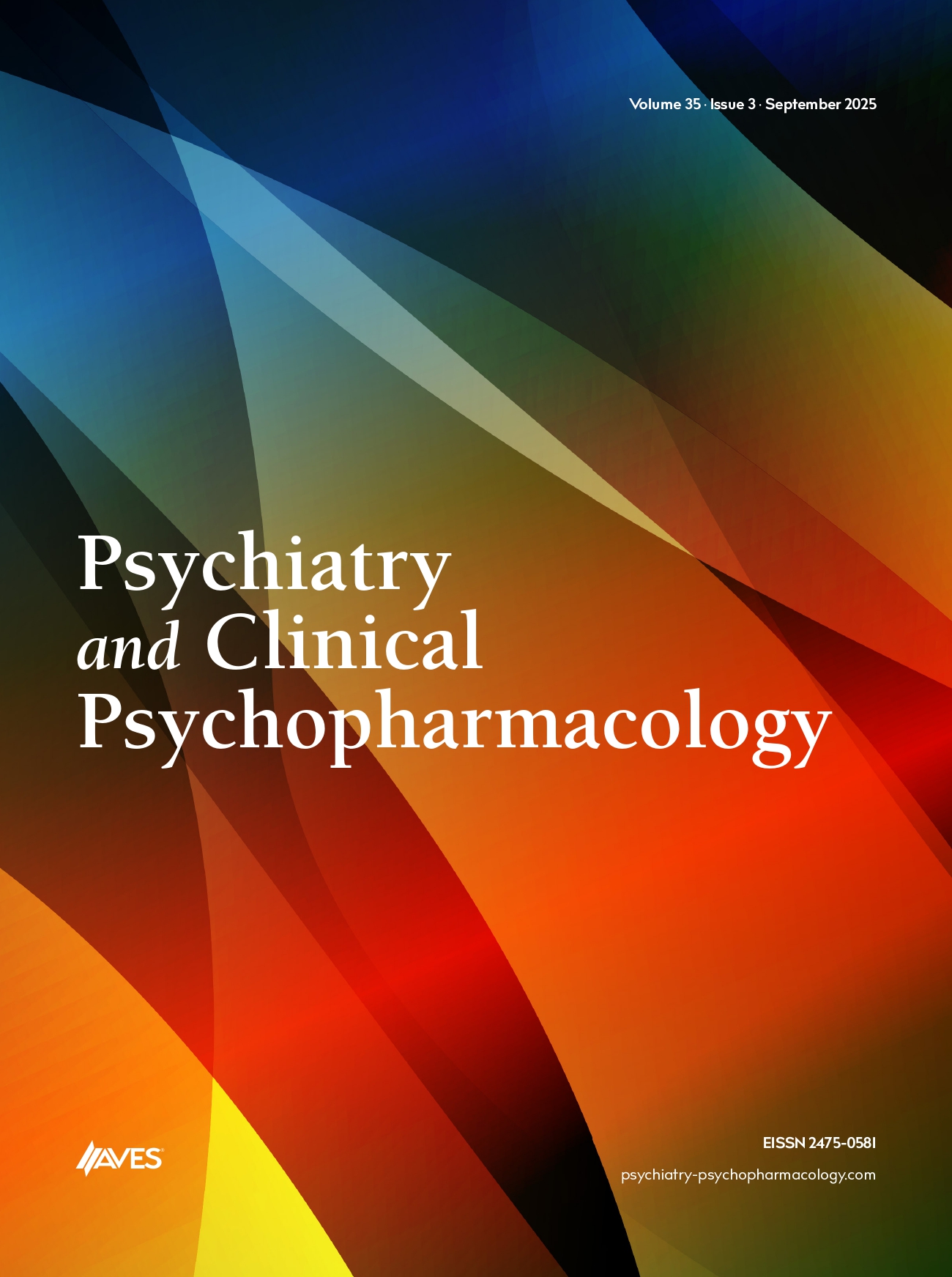Piracetam is a cyclic derivative of a gamma-aminobutyric acid drug that is often used in neurology practice (1). It has antithrombotic and neuroprotective properties and improves cognitive performance (2). In this article, a case report, piracetam is used for combined therapy, but after piracetam use, dissociative symptoms like depersonalization and derealization were detected.
Case: A 29-year-old female patient applied to the psychiatric clinic with the following complaints: Intense discomfort, alienation from herself, perceiving herself odd , that perception that her hands and feet were bigger, feeling like not living in the society, the feeling that colors and sizes of objects seemed abnormal, and feelings of alienation from objects and people in her surroundings. These complaints continued for 10 days and she had never had any psychological complaints before. She also expressed that these complaints bothered her greatly. Except for these complaints, she did not describe any other abnormality in perception and thought content. She did not have prominent depressive symptoms and psychosocial stress in her history. One month ago, she had seen a neurologist for vertigo. She was diagnosed with peripheral vertigo and prescribed betahistine 16mg/day. After this medication, she described a marked reduction in the vertigo, however since she did not get rid of her complaints completely, after 12 days she was prescribed piracetam 2400mg/day as combination treatment. On psychiatric examination, she was conscious, oriented normally, anxious,appeared ready to cry, thought contents were normal, positive depersonalization and derealization in the perception, psychomotor activation was normal. Nothing abnormal was detected in her hemogram, biochemistry, serum B12, thyroid function tests, EEG, and brain MRI. In clinical follow-up, since there was a connection between the patient's administration of piracetam and the dissociative indications, piracetam was stopped. Betahistine was continued in the same dosage. It was observed in daily observation that after a day, a decrease in her dissociative symptoms began and in 5 days they had totally disappeared. In further follow up visits dissociative symptoms were not observed in a month. The dissociative symptoms like derealization and depersonalization were started with addition of piracetam to the treatment, and diminished quickly after piracetam was stopped. This directed us to think that those dissociative symptoms were related to the piracetam administration. This relation is not established in literature (3). Trauma is usually reported as the origin of dissociative symptoms. There generally is childhood period trauma and dissociative symptoms come up in later life. There is still no etiopathogenesis described related to development of dissociative symptoms. Traumatic stress and neurobiological theories are basic models suggested in etiology (3). In the medication studies, depersonalization is the basic dissociative symptom in dissociation's neurobiological theories. In those studies, it is also shown that serotonergic and glutamate receptors have a role in depersonalization (3). We think that this case report which shows the administration of piracetam and development of dissociative indications may contribute to the neurobiological theories on dissociative disorder's etiology.
References:
1. De?irmenci E, ?ahiner T, Erdo?an Ç. Long Term Effects of Piracetam on Spectral Analysis of EEG in Alzheimer's Disease and Minimal Cognitive Impairment. Klinik Psikofarmakoloji 2006;16:93-7
2. Winbland B. Piracetam: a review of pharmacological properties and clinical uses. CNS Drug Rev 2005;11:169-82
3. Wynnica K, Tomasiak M, Bielawska A. Piracetam-an old drug with novel properties? Acta Poloniae Pharmaceutica- Drug Research 2005;62:405-409


.png)
.png)